First, any diaper needs two parts: an absorbent part and a waterproof part. Some diapers have both, others require two pieces (remember hearing about the older style cloth diapers that required plastic pants? It's gotten much better.)
Flats are probably the simplest, cheapest way to go. They are literally the big, flat square of fabric that you need to fold up (there are many ways to fold these based on needs and preference). These are only the absorbent part, so you would need a cover (patience, I'll explain, just keep reading). Once folded up, you need to keep it in place. Some people still use pins, but there are much easier ways to do it now. From what I've seen, the most common is by using a Snappi (I have a photo in the next section), much easier. Flats get folded differently for different sized babies, but you can use them on all different sizes of babies, another thing that makes them cost effective. Flats, like all of the absorbent parts of diapers, can come in a variety of materials based on preference and amount of absorbency. Some common materials are cotton, bamboo, and hemp. I have no pictures of these, but I have the itch to try them, so I'll update if I do. These can also be folded up and used as inserts in pocket diapers (again, keep reading).
Prefolds are kind of like flats, but pre-folded, get it? These are what you often see parents using as burp cloths-divided into thirds with the thicker part in the middle. There are some different folds you can do to help prevent leaks, poop especially, then fasten it. Like I said above, you can use pins, but something like a Snappi (see photo) is much easier. It's stretchy and has little hooks like you would use to fasten an Ace bandage. We can even get them on no problem when we're exhausted in the middle of the night and it's dark! Prefolds, like flats, come in a variety of materials, but some form of cotton is probably the most common. These are only the absorbent part, waterproof part still needed. Although these do require different sizes, they are still a very cost effective way to cloth diaper. We have some prefolds in all sizes, but used these exclusively when Myra was a newborn. They go through so many diapers during that stage, it made the most sense to us. And those tiny prefolds work great as inserts in her pocket diapers now.
Prefold diaper fastened with a Snappi.
Fitteds are like prefolds or flats, but saving a step (no folding at all). They more closely resemble a disposable diaper in that there's no folding or separate fasteners involved. They are shaped like a diaper and have the fastener (snaps or aplix, which is velcro-did you know velcro is a name brand?!) on the diaper itself. This is when diapers start to get cute. Even though you usually cover them up with the waterproof part, there are still some very cute fitted diapers out there. With any of these, you don't need to cover them if you're just hanging around the house and going to be changing frequently anyway. I always have just to be on the safe side, but I've heard of many parents who let their babies hang out at home in fitted diapers without a cover. Because they have elastic around the legs, they are probably a little safer for big poopy messes.
Fitted diaper with no cover.
Inside of another fitted diaper.
Outside of the same fitted diaper.
Covers go over anything that needs to be waterproof (flats, prefolds, fitteds). The cool thing is you can reuse these for a few changes, unless they get all poopy which does happen sometimes. So, you go through a few of the absorbent parts (flats, prefolds, or fitteds) for every one cover. Covers are most often PUL but can also be made of wool, fleece, or other materials. Wool and fleece are more breathable and make great night time covers. Wool can actually hold a lot of liquid without feeling wet, then you just air dry it and use it again. I haven't gotten into wool too much, but I think you only have to wash and lanolize it once a month or so. A lot of cloth diapering mamas absolutely love wool. We have mostly PUL covers and one fleece. I had a couple wool covers that I never really used, but she's outgrown them anyway.
PUL diaper cover over a prefold.
What's that? That all seems like too much work? Well, honestly it's not. But if you insist, let's get into the simpler diapers.Pocket diapers have both the absorbent and the waterproof part and they are what we're mostly using right now. They look a lot like a disposable, but you wash them. If you think about it, all the names make sense. Prefolds are pre-folded diapers. Fitteds are fitted. Flats are one big flat diaper that requires folding. Covers cover all of those things up. Pockets are no different. They are a diaper with a pocket. The shell is PUL on the outside and fleece on the inside (for a "stay dry" feeling for baby). Then you stuff the absorbent part into the pocket, usually they come with microfiber but there are all kinds of ways to customize them based on need/preference. This is when diapers really start to get cute, too.
Outside of a one-size pocket diaper with snaps.
Outside of a one-size pocket diaper with aplix (Velcro).
The aplix/hook-and-loop/Velcro diapers usually have laundry tabs so they don't all stick together when you wash them.
Inside of a one-size pocket diaper with a microfiber insert.
Another example of a one-size cloth diaper. The snaps going across the front is how you adjust the size to make it last from newborn (or a month or two old, depending on size and brand) until potty training.
The inside of this pocket diaper. Rumparooz have double gussets to really keep the poop inside. These are Trevor's favorites, I'll have a whole review post after a few more months of using them all.
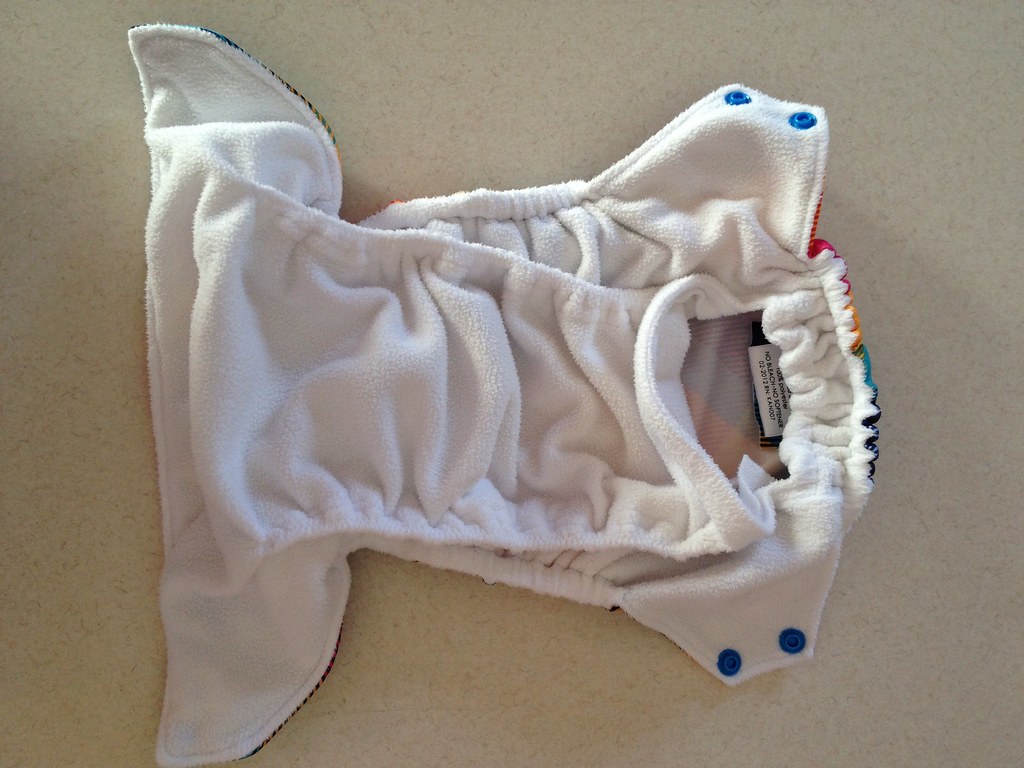
This is one way we stuff pocket diapers for night time, the regular microfiber insert and a really absorbent insert that's 4 layers of microfiber.
One can really get pretty creative with stuffing these, which is one of the reasons we love them. That and they're just so darn easy. And cute. I have some awesome 5 layer hemp inserts that are really trim and really absorbent, but they're pretty long so they won't fit in Myra's diapers until we go up a size on the rise.
All-in-Ones are exactly that. They're a diaper that's everything in one, no pieces to put together at all. We only have one of these and it's great, but I know there is a whole big world of all-in-ones (and all-in-twos that are pretty darn close to the same thing) out there.
I'm not going to get into hybrids because I don't know much about them. They're a hybrid of disposable and cloth. You may have heard of gDiapers, for example. I just didn't want to leave them out.
Cloth wipes just make sense if you're already doing cloth diaper laundry. I got a ton of them for pretty cheap from Tender Bottoms on Etsy, but really you can just cut up old t-shirts, flannel sheets, or buy cheap flannel and cut it up. Nothing fancy. We just have a spray bottle with water and a tiny bit of Burt's Bee's baby wash in it, but plain water usually works just fine, too. There are fancier "solutions" you can make if you like with oils and different soaps. We spray the wipes as we go, piece of cake. They're great to have on hand for runny noses, spit ups, anything you need to wipe up!
Cloth wipes just make sense if you're already doing cloth diaper laundry. I got a ton of them for pretty cheap from Tender Bottoms on Etsy, but really you can just cut up old t-shirts, flannel sheets, or buy cheap flannel and cut it up. Nothing fancy. We just have a spray bottle with water and a tiny bit of Burt's Bee's baby wash in it, but plain water usually works just fine, too. There are fancier "solutions" you can make if you like with oils and different soaps. We spray the wipes as we go, piece of cake. They're great to have on hand for runny noses, spit ups, anything you need to wipe up!
How do you store the dirties?
They all get thrown in this garbage can that has a PUL pail liner, then everything gets washed together.
When out and about and on trips, we have a variety of sizes of wetbags (PUL lined zipper bags).
-A


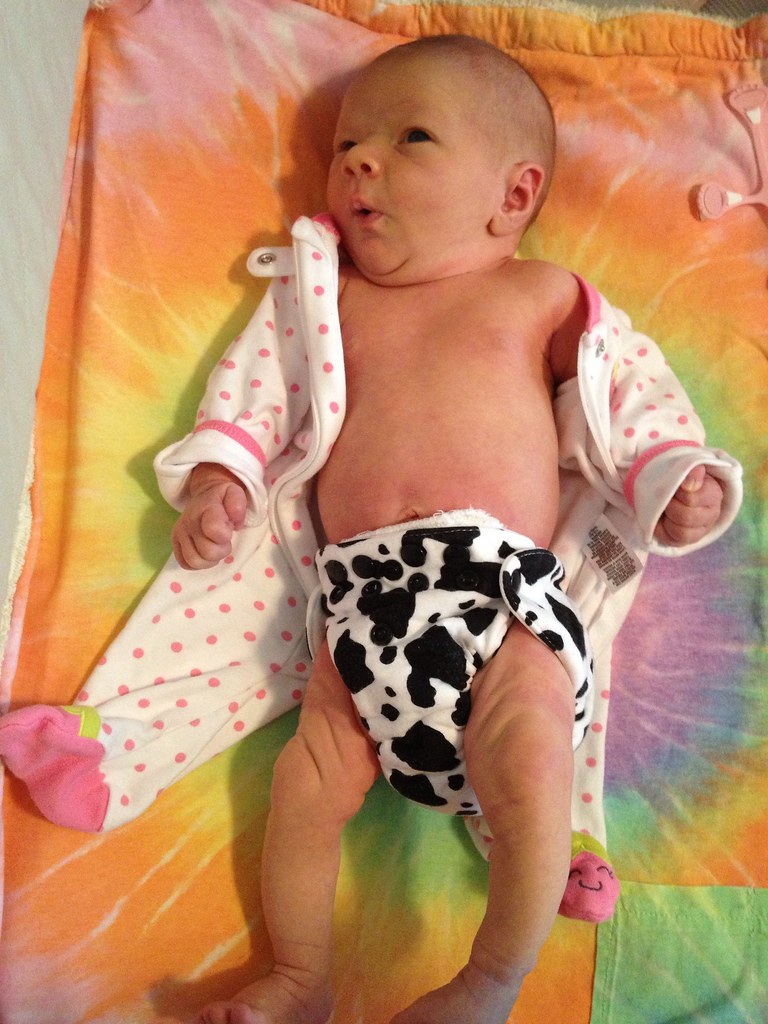
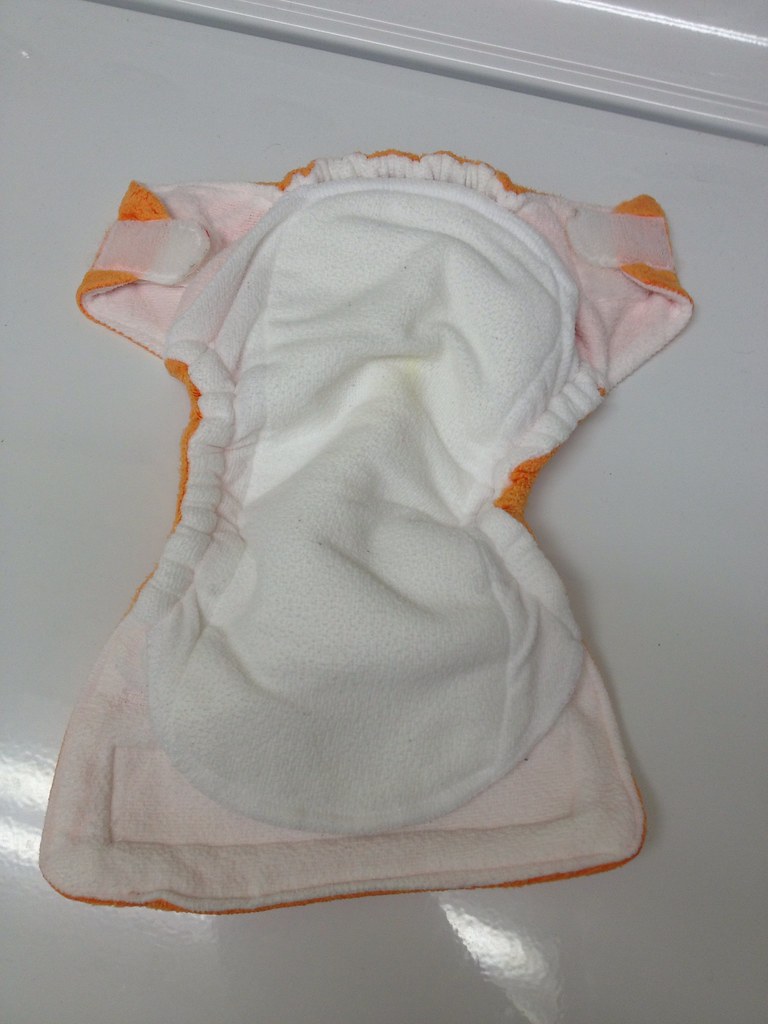
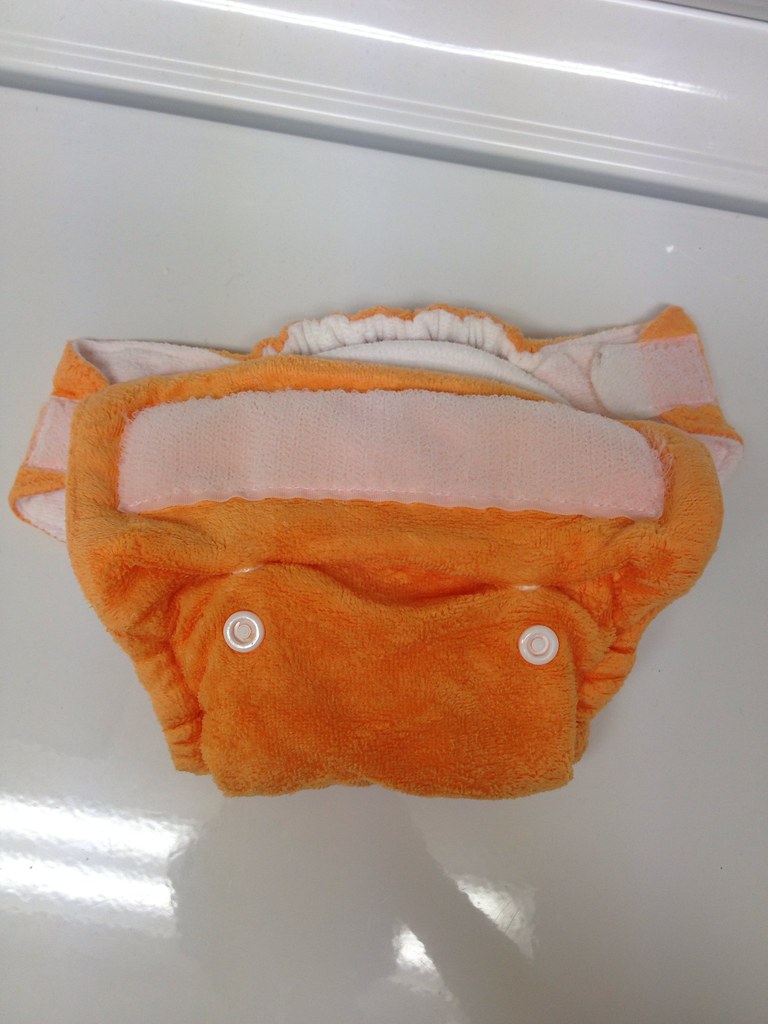

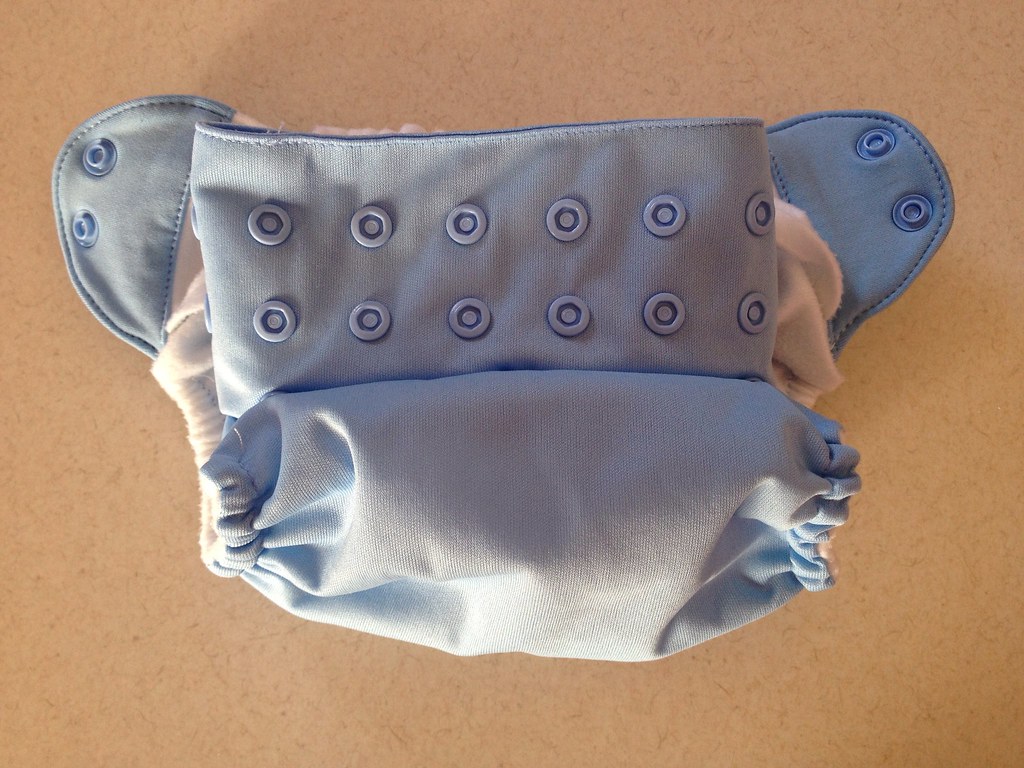


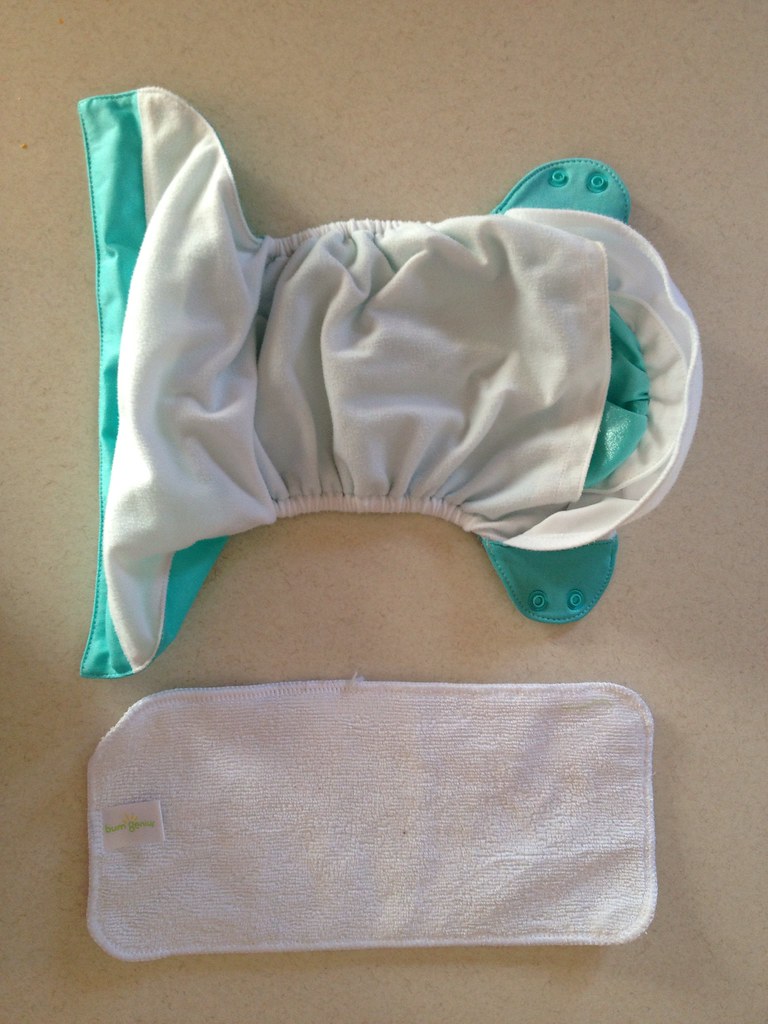
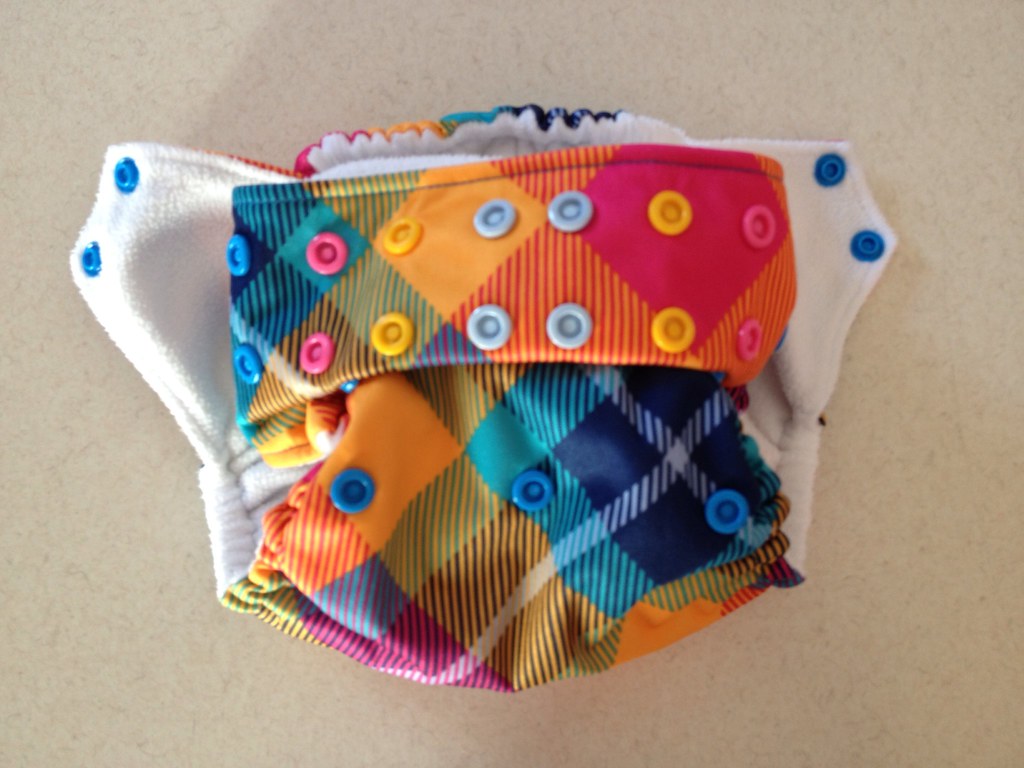
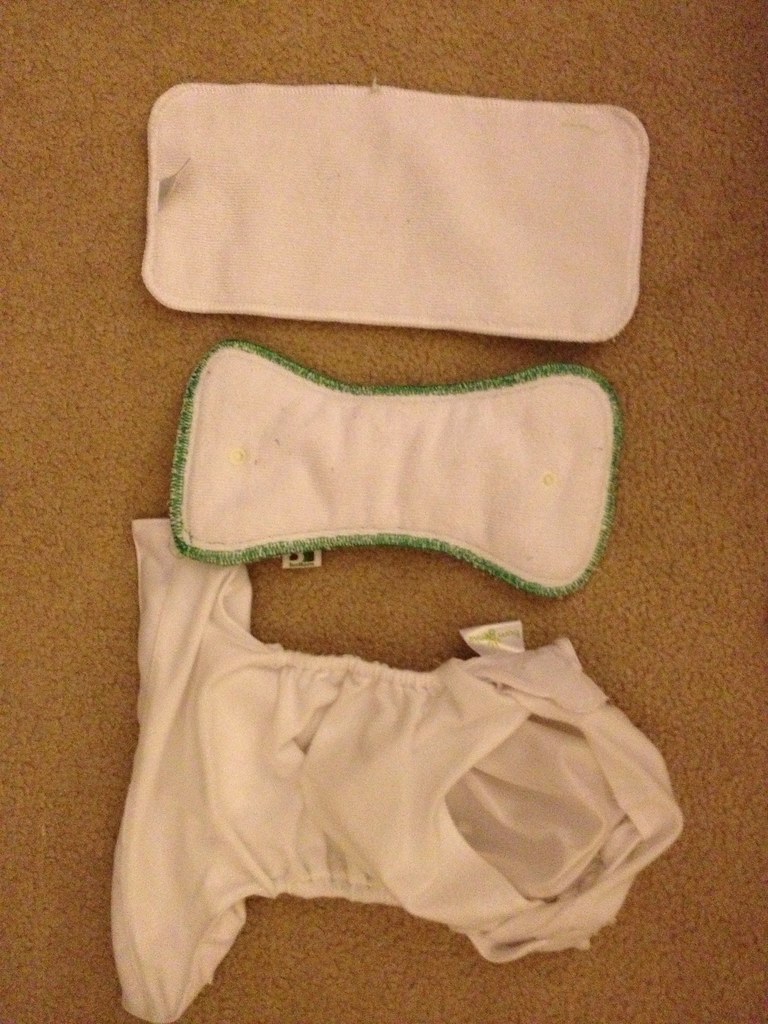



Great post!!! I use a wetbag similar to your zippered bag for on the go but way bigger, in the house, same brand I think too. I found it keeps the stink inside better than a can. I have 2 so when ones in the wash with the soiled diapers I still have one to use :)
ReplyDeleteDiaper Sprayers a few facts: No Diaper Sprayer on the market was manufactured for that purpose; they are all originally Hand Held Bidet Sprayers. That is why so many people are complaining about their sprayers breaking, because they were not made to handle the abuse. You can save money and buy a cheap plastic sprayer and then need to buy another one soon or you can get a Stainless Steel Sprayer at www.BathroomSprayers.com for a little more that will last, it comes with a 5 year warranty. And don't forget, using it as a Hand Bidet means you will save money on toilet paper, everyday....forever....Just a thought
ReplyDelete